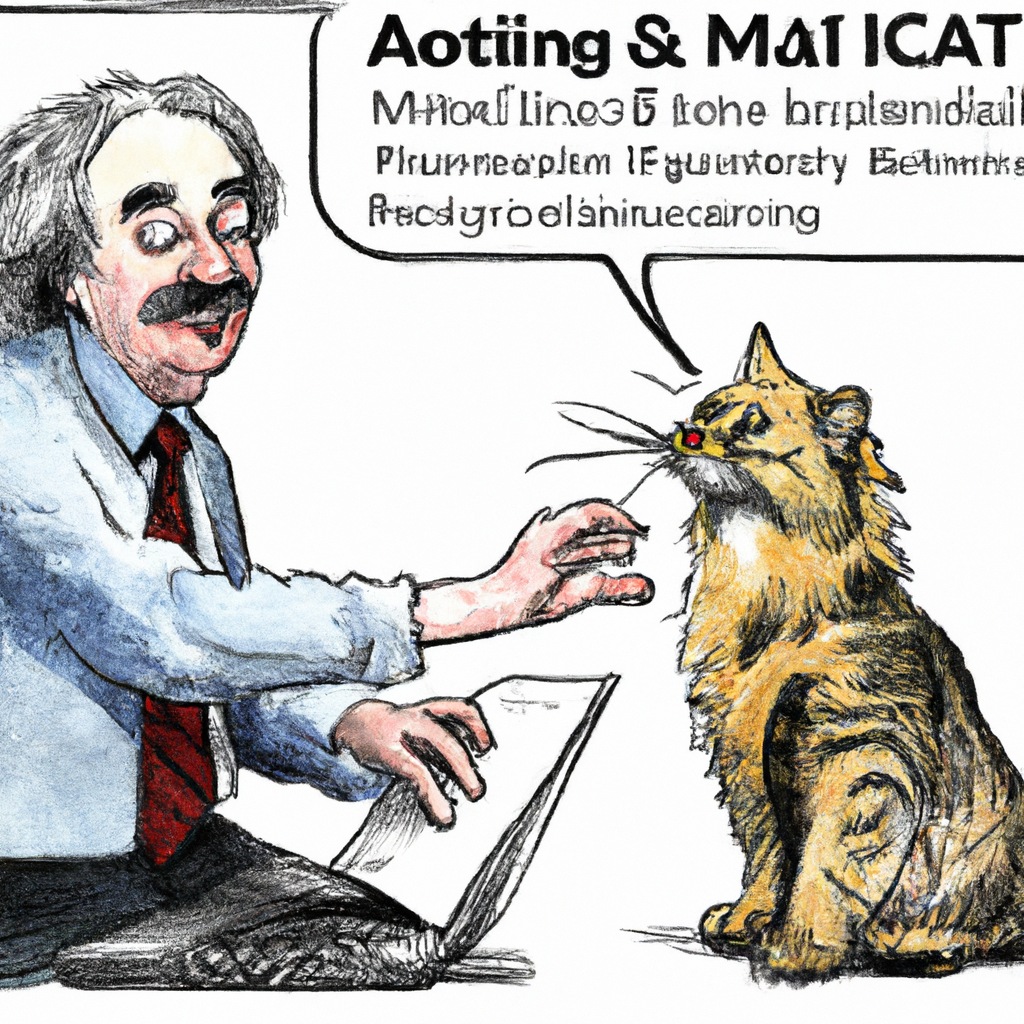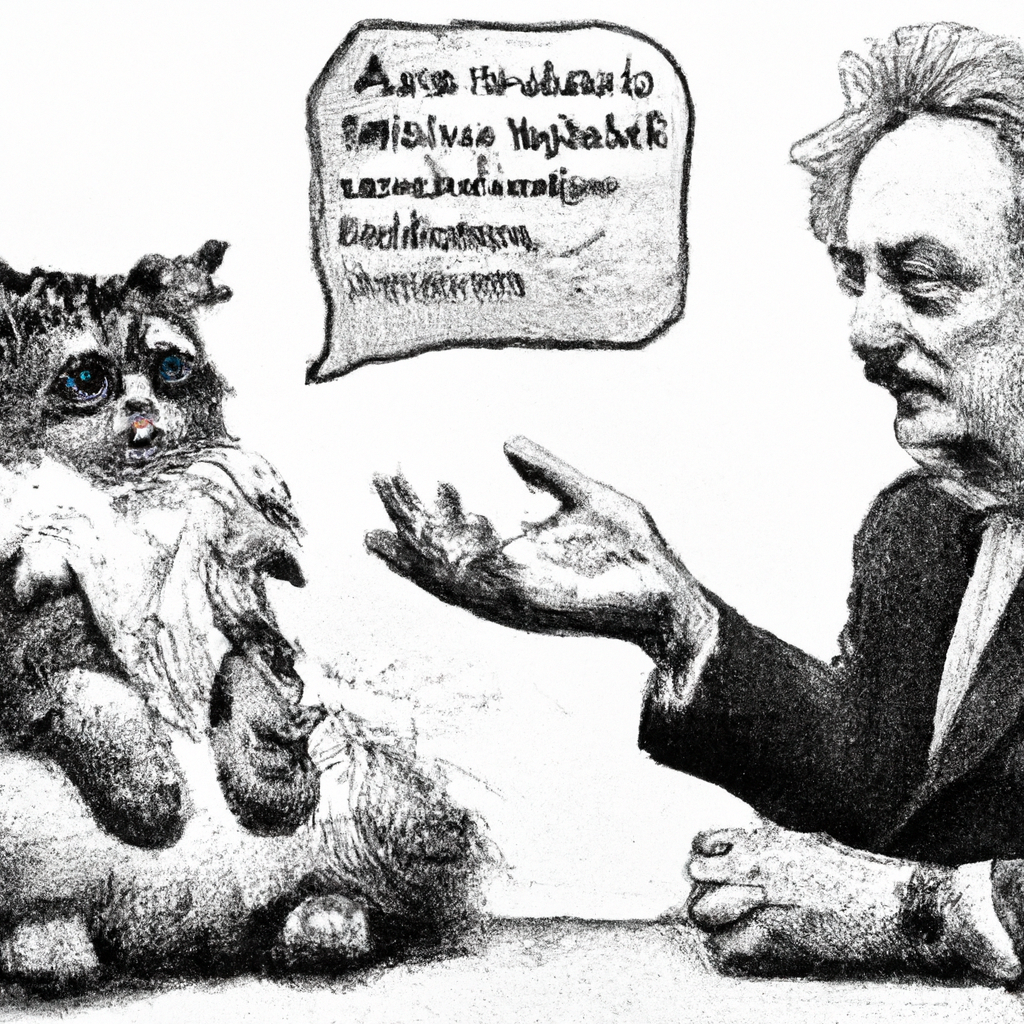
Title: A Novice’s Guide to Using Artificial Intelligence
Artificial Intelligence (AI) is a revolutionary technology that has transformed various industries, from healthcare and finance to entertainment and transportation. As an AI beginner, understanding its nuances can seem intimidating initially; however, with the right knowledge at your disposal, you’ll soon be able to harness this powerful tool effectively. This article will serve as a comprehensive guide for beginners on how to use AI.
## Understanding Artificial Intelligence
When delving into the world of artificial intelligence, it’s essential first to define what it is. In simple terms, AI refers to machine systems capable of performing tasks that typically require human intellect – such as problem-solving or learning from experience.
There are two main types of artificial intelligence – Narrow or Weak AI and General or Strong AI. The former includes systems designed for specific tasks like voice recognition while the latter encompasses machines that possess comprehensive human cognitive abilities – though these currently reside more in theory than reality.
## The Basics of Machine Learning
Machine Learning (ML), a subset of artificial intelligence where algorithms enable computers to learn from data without explicit programming instructions, plays an integral part in making sense out of huge volumes of information generated every day globally.
For example: Google uses ML algorithms which ‘learn’ users’ search habits over time then provide better-personalized results based on past searches; Amazon utilizes similar techniques for recommending products based on purchase history etcetera.
## Getting Started with Python
Python programming language is highly recommended when starting out with AI due its simplicity and broad range applications including but not limited web development scientific computations image processing among others Additionally libraries such TensorFlow Keras PyTorch make easier implement models even if have little no background coding To install follow these steps:
1. Download Python by visiting www.python.org/downloads/.
2. Install Anaconda Navigator which comes bundled useful packages preinstalled.
3.Download necessary modules like NumPy Scikit-learn Pandas etc through either pip or conda commands terminal.
## Building Your First AI Model
Next, let’s create a simple AI model using Python and Scikit-learn, an ML library for Python. Suppose we want to predict whether a passenger will survive the Titanic disaster based on certain features such as age, gender, class of travel etc.
1. Import necessary libraries: pandas for data manipulation and scikit-learn to build the model.
2. Load your dataset using pandas’ read_csv function.
3. Preprocess the data by handling missing values and converting categorical variables into numerical ones if any exist in your dataset.
4.Split your data into training set (used to train our model) and test set (used to evaluate its performance).
5.Finally apply appropriate machine learning algorithm; in this case Decision Tree Classifier can be used due it’s simplicity interpretability
The code snippet would look something like this:
“`python
import pandas as pd
from sklearn.model_selection import train_test_split
from sklearn.tree import DecisionTreeClassifier
# load dataset
data = pd.read_csv(‘titanic.csv’)
# preprocess data here…
# split into training & testing sets
X_train,X_test,y_train,y_test=train_test_split(X,y,test_size=0.2)
# initialize classifier
clf =DecisionTreeClassifier()
clf.fit(X_train,y_train)
“`
Remember that learning artificial intelligence is not about memorizing codes but understanding concepts behind them Moreover there are several online resources available like Coursera Edx Kaggle which provide free courses help beginners familiarize themselves with various facets artificial intelligence So do not hesitate explore these platforms further enhance knowledge skills field
Artificial Intelligence (AI) is widely used in the healthcare industry. For example, AI algorithms can analyze large amounts of data from medical records to predict disease progression patterns and suggest personalized treatment plans for patients. These algorithms are capable of learning from new information, continuously improving their predictive accuracy over time.
Moreover, AI-powered chatbots could be used by hospitals and clinics to provide round-the-clock assistance to patients. These chatbots can answer common queries about symptoms or medications, schedule appointments with doctors and even remind patients about upcoming visits or medication timings.
In diagnostic imaging as well, AI tools have shown promising results in detecting anomalies such as tumors at an early stage using MRI scans or X-ray images. This enables doctors to initiate treatments sooner than traditional methods would allow.
Henceforth, Artificial Intelligence has immense potential in revolutionizing healthcare delivery by making it more efficient and personalized while also reducing costs significantly.
**Here’s a Story about Gato Rico**
Once upon a time in the bustling city of Meow York, lived an affluent feline named Gato Rico. Now, you may wonder how can a cat be rich? Well, this is no ordinary tale and certainly not your run-of-the-mill housecat.
Gato was the proud inheritor of his previous master’s fortune – an eccentric billionaire who loved him more than anything else in the world. Upon his passing, he left everything to his one true love – Gato Rico.
Rico had always been treated like royalty; caviar for breakfast with tuna tartare dinners were just part of it. But what set our furry protagonist apart from other cats was not only his wealth but also his obsession with artificial intelligence (AI).
Yes! You heard that right!! A cat interested in AI!
One day while lounging on top of piles and piles of cash inside his custom-built kitty mansion (complete with velvet-lined scratching posts), he noticed something peculiar about Siri’s voice coming from the iPhone next to him – “She doesn’t sound very…cat-like,” thought Gato.
In that moment came an idea so brilliant yet so absurdly adorable: why not create an AI specifically designed for cats? An assistant who understood ‘meows’, could order fancy fish feasts at any hour and perhaps even offer some digital mouse chasing!
With resources aplenty at paw-tip disposal- after all he WAS loaded- hiring engineers wasn’t much trouble. The team worked tirelessly decoding meows into understandable data points while our fluffy friend provided them inputs sitting on their desks or occasionally walking across keyboards because well…he is still a cat.
Months passed by until finally they succeeded creating ‘PurrI’, world’s first Cat-AI Assistant! PurrI could understand different pitches & volumes of meows translating them into tasks such as ordering food or controlling smart devices around the mansion.
The first time Gato Rico meowed at PurrI and it responded by opening a fresh can of tuna, he purred in satisfaction. His dream had come true!
News of this innovative tech marvel spread like wildfire making Gato not only rich but famous too! Cats around the world wanted their purrsonal PurrIs and were ready to pay big bucks.
Gato’s wealth quadrupled overnight as orders poured in from all across globe paving way for ‘Purrsperity’. With his newly earned fame & fortune, our feline hero did what any sensible cat would do – he bought more fluffy pillows for his afternoon naps.
And so, life continued in Meow York City with its richest resident living out his days surrounded by comfort, luxury and an AI that understood him better than anyone else ever could – while also revolutionizing technology as we know it – one meow at a time!
In conclusion dear readers: never underestimate a cat with an idea…especially if he’s loaded!






